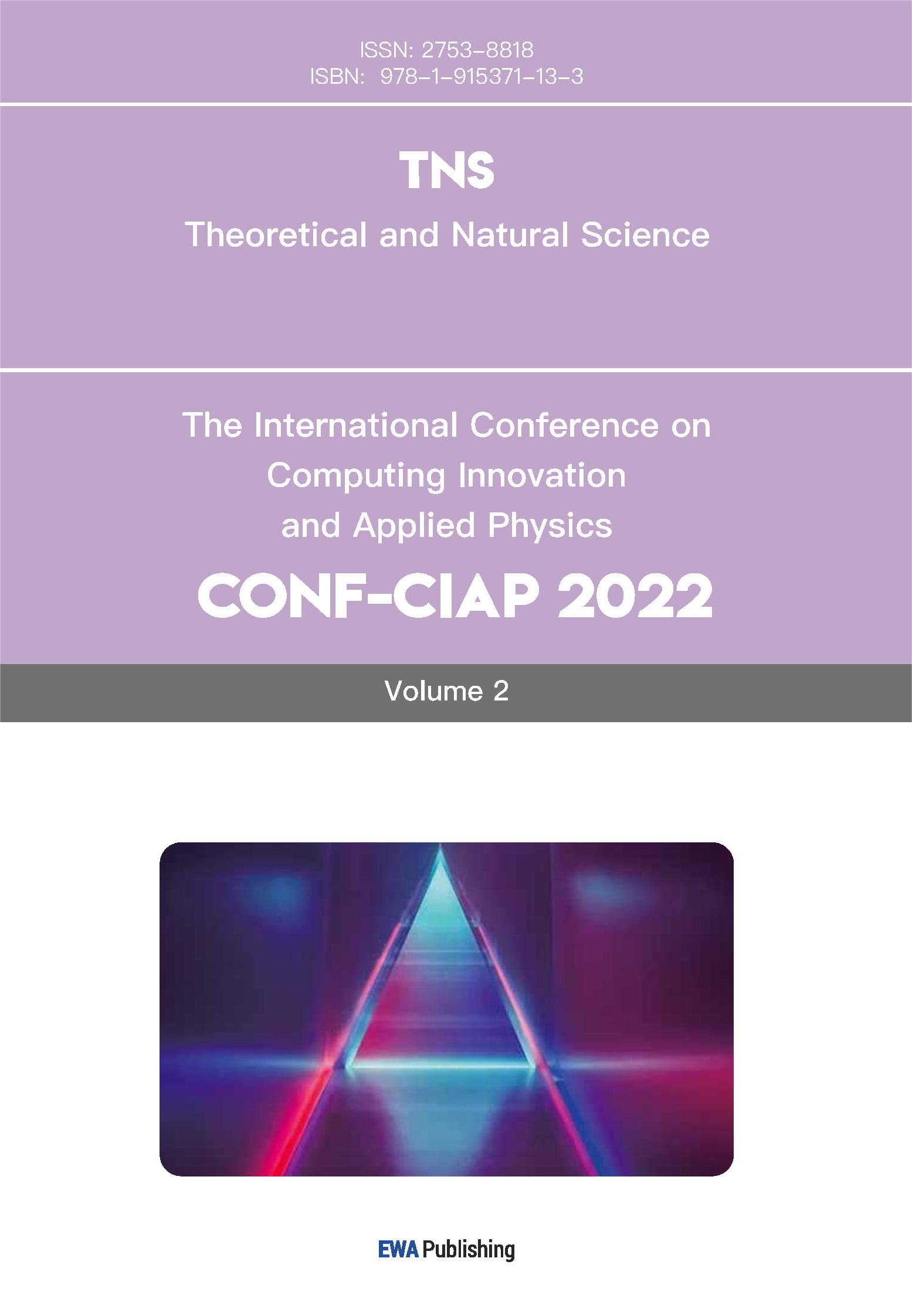References
[1]. Davies, M., Srinivasa, N., Lin, T. H., Chinya, G., Cao, Y., Choday, S. H., Dimou, G., Joshi, P., Imam, N., Jain, S., & Liao, Y. (2018). Loihi: A neuromorphic manycore processor with on-chip learning. IEEE Micro, 38(1), 82–99. doi: 10.1109/MM.2018.112130359.
[2]. Furber, S. B., Galluppi, F., Temple, S., & Plana, L. A. (2014). The SpiNNaker project. Proceedings of the IEEE, 102(5), 652–665. doi: 10.1109/JPROC.2014.2304638.
[3]. Aitsam, M., Di Nuovo, A., & Ahmad, S. (2022). Neuromorphic computing for interactive robotics: A systematic review. IEEE Access, 10, 113952–113970. doi: 10.1109/ACCESS.2022.3219440.
[4]. Schuman, C. D., Potok, T. E., Patton, R. M., Birdwell, J. D., Dean, M. E., Rose, G. S., & Plank, J. S. (2017). A survey of neuromorphic computing and neural networks in hardware. arXiv preprint. Available: https: //arxiv.org/abs/1705.06963
[5]. Yang, Y., Wang, M., et al. (2023). Neuromorphic electronics for robotic perception and navigation: Current trends and future outlook. Neurocomputing, 533. Available: https: //www.sciencedirect.com/science/article/abs/pii/S0952197623010229
[6]. Sandamirskaya, Y., Kaboli, M., Conradt, J., & Celikel, T. (2022). Neuromorphic computing hardware and neural architectures for robotics. Science Robotics, 7(67), eabl8419.
[7]. Glatz, S., Pedersen, B. U., Mayr, C., & Schmuker, M. (2018). Adaptive motor control and learning in a spiking neural network realised on a mixed-signal neuromorphic processor. arXiv preprint. Available: https: //arxiv.org/abs/1810.10801
[8]. Putra, R. V. W., Shibata, M., & Yamashita, Y. (2024). Embodied neuromorphic artificial intelligence for robotics: Perspectives, challenges, and research development stack. arXiv preprint. Available: https: //arxiv.org/abs/2404.03325
[9]. Merolla, P. A., Arthur, J. V., Alvarez-Icaza, R., Cassidy, A. S., Sawada, J., et al. (2014). A million spiking-neuron integrated circuit with a scalable communication network and interface. Science, 345(6197), 668–673. doi: 10.1126/science.1254642.



